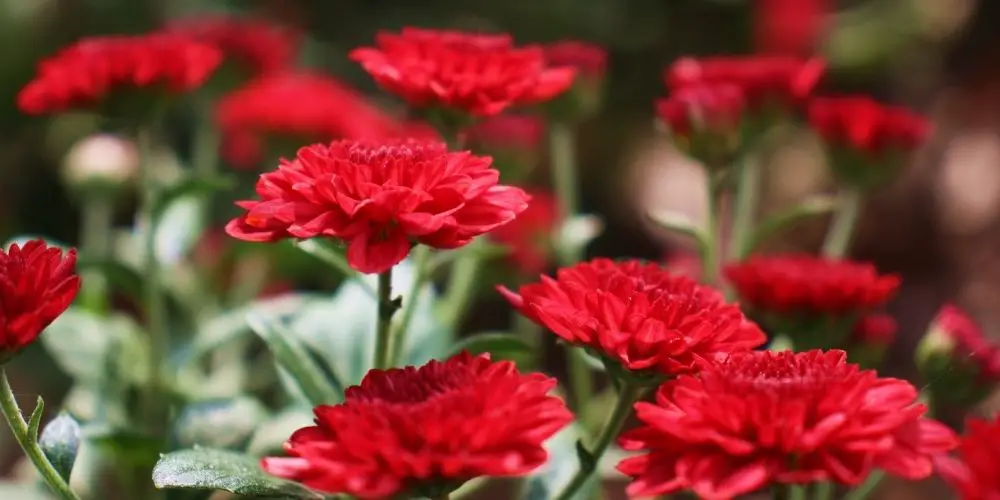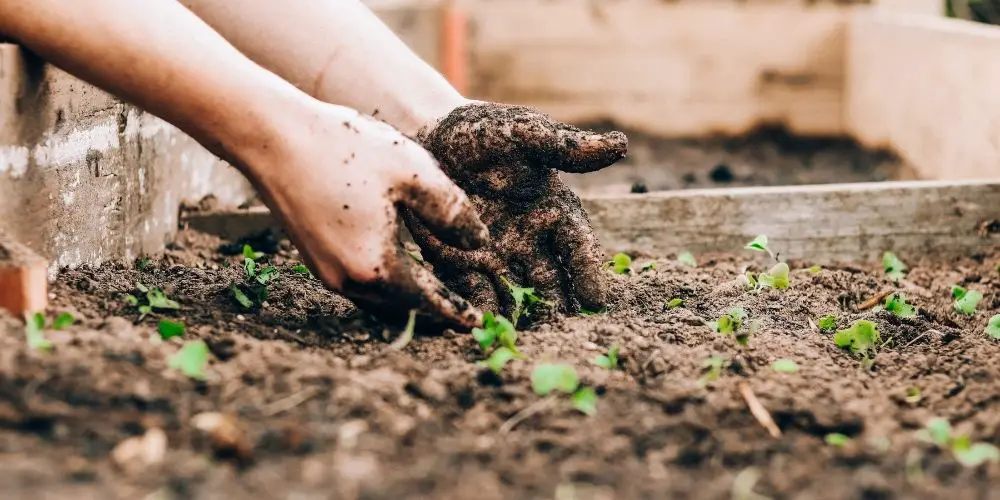Carnation is distinguished by its species diversity and a rather large number of varieties. Some of these varieties that are compact in size are suitable for indoors cultivation as potting crops. These are low-growing hybrid varieties that are grown as a home carnation.
Indoors carnation is a herbaceous annual belonging to the numerous Clove family. The native country of the plant is China. The bush is compact, there is a knot characteristic of carnations on the stem. Indoor carnation has dark green, flat-shaped grooved leaves that grow opposite.
The flowers are single, double, or smooth, the colors are very diverse, except for white, there are various shades of red, pink, lilac. They have a pleasant aroma. The flowering period is different in duration – from June to October. In order for it to last a long time, it is necessary to immediately remove the faded inflorescences, the latter are left to ripen the seeds.
Conditions
Homemade cloves are not particularly demanding in terms of content, but nevertheless, when growing it, it is worth adhering to some rules.
Temperature and humidity
The plant does not like high air temperatures, the most favorable for it are indicators about of + 20 � �, although the carnation will feel good from +13 to +35 degrees.
Sudden temperature changes can have a bad effect on the condition of the flower. In hot weather, the plant will grow slowly and have poor flowering. Room cloves are suitable for air with high humidity, optimally 65–75%. It must be regularly sprayed with cool water in the morning or the evening, but you must not allow water to get on the flowers.
Lighting
The plant loves light, but still, it should be protected from direct sunlight. With a lack of light, it is necessary to organize additional artificial lighting, especially if the flower is grown in autumn or winter. A plant that lacks light will grow slowly, lose size and number of inflorescences. It should be borne in mind that some varieties have special requirements for light and daylight hours.
The soil

For growing carnations in a pot, neutral soil is suitable. The optimal composition is from one part of leafy land, one part of peat, and two parts of sod land. You can use a ready-made soil mixture from the store, the carnation grows quite normally in it.
In addition, before planting, the soil is treated with antiseptic preparations, since the flower is very sensitive to microorganisms. It is worth placing drainage at the bottom of the pot in order to prevent moisture stagnation.
How to seed
When breeding indoors cloves, the seeds can be sown immediately in a pot with prepared soil, or you can first plant them on seedlings. Seeds are sown most often in early spring, then the plant will bloom in summer. You can plant them before winter, but then the buds will appear only next year.
Correct care
It is not difficult to take care of a room carnation, but the flower will thank you with lush buds and a beautiful view.
Watering
Home cloves are demanding on watering, so the soil in the pot should not be allowed to dry out, but you should not let the moisture stagnate. To avoid this, you need to pour a layer of drainage on the bottom of the pot. Water for irrigation should be taken at room temperature. And also the plant is useful for evening spraying, especially in hot weather. It is worth watering the flower in the morning or the evening.
Plant feeding
It is worth applying fertilizers regularly, which activates the growth of carnations and the splendor of flowering. Feeding should be given in the liquid form for this, the complex fertilizers are diluted with water. It is also not worth overdoing it, it is quite enough to spray the soil with fertilizers once every two weeks. Top-dressing can be applied to the ground a month after planting. It is worth combining fertilization with watering.
Plant transplantation
Indoors carnations are mostly grown as an annual, so there is no point in replanting. But if necessary, it is better to do this in the spring. The plant is planted at the same depth as it grew before, you need to make sure that the root collar of the flower is flush with the soil. It is also necessary to remove faded inflorescences, cut them off together with the peduncle, leaving 5 cm. This procedure will help keep the flowering period longer.















